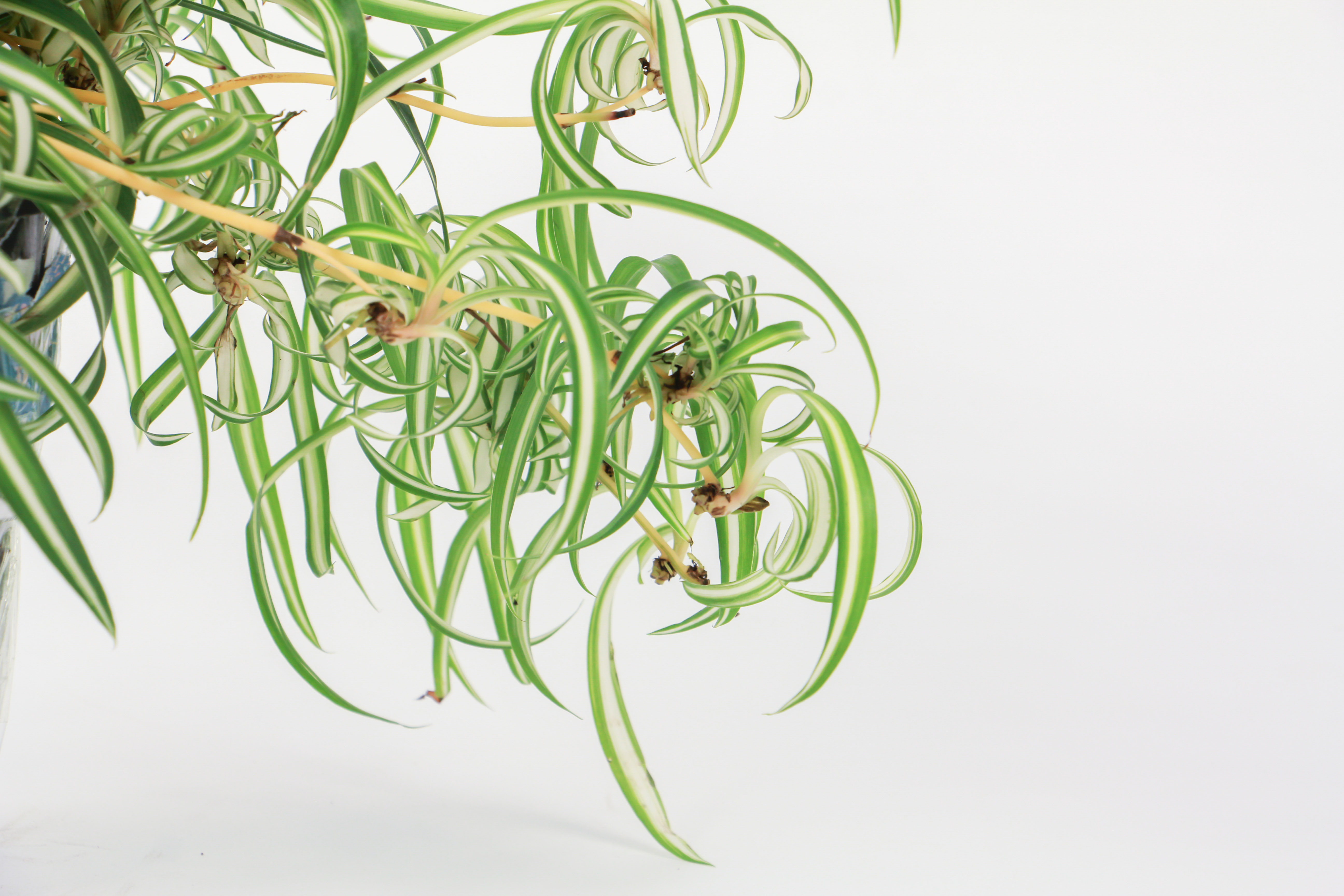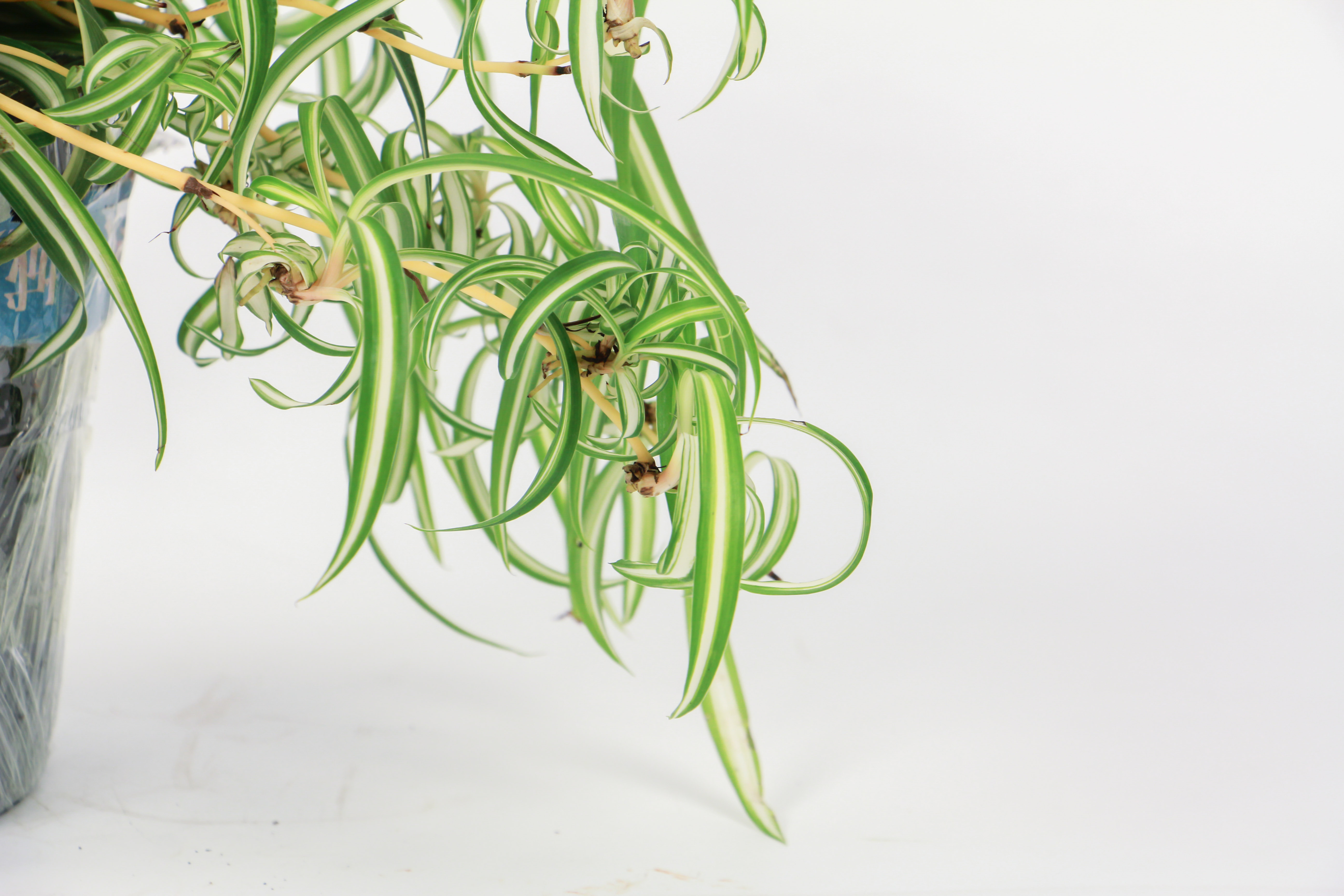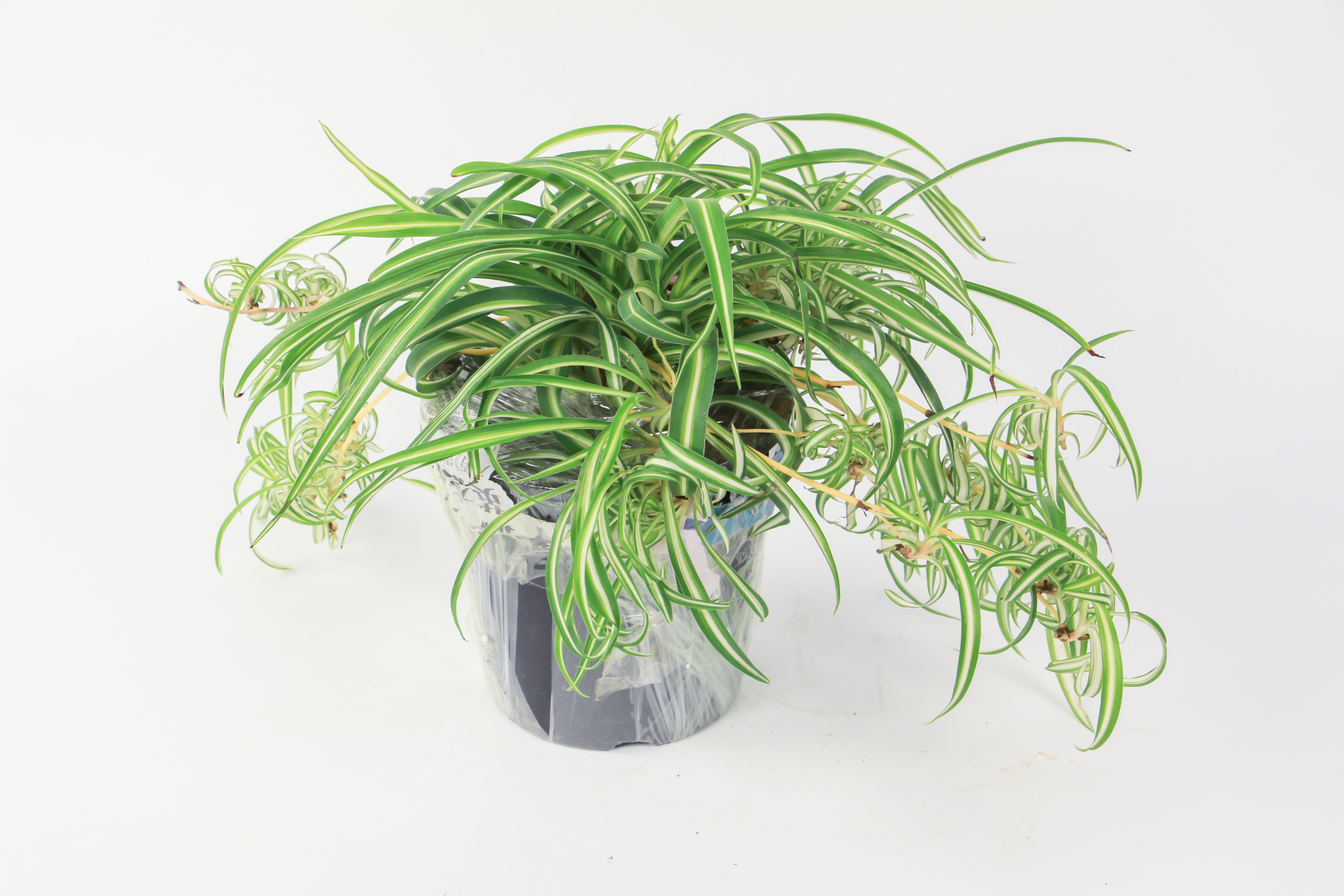1、 Soil
Suitable for growing in loose and nutritious soil, preferably acidic soil. Basin soil can also be mixed with sandy loam and humus soil used by yourself, and a small amount of base fertilizer can be added

2、 Illumination
Chlorophytum likes a cool environment. Don't let Chlorophytum direct in the sun. Strong light makes its leaves dry and wither. In early autumn, the temperature is cool. At this time, Chlorophytum grows fast, which can slowly increase the illumination time. An appropriate amount of light can enhance the photosynthesis of Chlorophytum, and the plants and leaves will grow stronger and thicker
It likes a humid environment and keeps the basin soil moist during its growth. In spring and autumn, water it once a day. In summer, because the temperature is high, it should be watered once in the morning and once in the evening. In winter, it can be poured once every 5 or 6 days, and the amount of water can be reduced appropriately

3、 Fertilization
Potassium fertilizer is mainly applied. Potassium fertilizer is conducive to the growth of roots and flowers. When the roots grow strong and fully absorb nutrients, the leaves will be broad and thick

4、 Precautions
When it is found that Chlorophytum has leaf blight or the leaves are too dense, it should be trimmed in time to avoid damaging the ornamental effect of Chlorophytum. When there are diseases and insect pests in Chlorophytum, it is necessary to spray chemicals in time for prevention and treatment

 how many times do yo...
how many times do yo... how many planted tre...
how many planted tre... how many pine trees ...
how many pine trees ... how many pecan trees...
how many pecan trees... how many plants comp...
how many plants comp... how many plants can ...
how many plants can ... how many plants and ...
how many plants and ... how many pepper plan...
how many pepper plan...





























